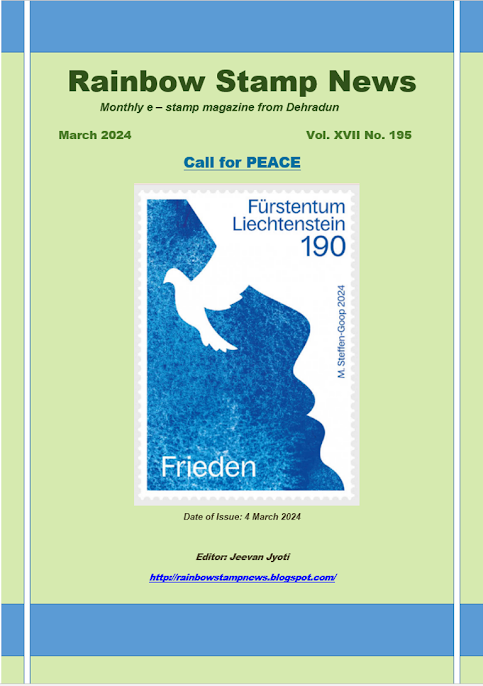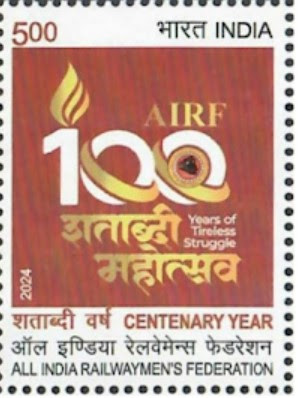Joint issue with Germany, Switzerland and Liechtenstein
Stamp honoring the Fussach ( Lindau )messengers from Austria
Date of Issue : 27 September 2014
That Austria Post has joined to other countries in issuing a special commemorative stamp honoring the Fussach messengers. This stamp is to be issued on the 27th of September. The other countries will introduce their stamps from this series also on this day.
“Fussach messengers” is joint issue with Germany, Switzerland and Liechtenstein. The Fussach messengers conveyed over centuries people, goods and mail from Lindau to Milan and formed the first postal link on this important trade route.
On the 27th of September the four postal companies from Austria, Germany, Liechtenstein and Switzerland are present along the historic route. In the four places Fußach (east), Lindau (D), Balzers (FL) and Chur (CH) special stamp exhibitions and shows will take place.
Switzerland : Lindau Messenger
Date of Issue : 4 September 2014
The first recorded delivery by the Lindau Messenger took place in the early 16th century, although the messenger had been running since the 14th century. The era of the Lindau Messenger came to an end when a completely new generation of roads were built over the main Alpine passes, allowing stagecoaches to cross them, which made travelling easier and safer and the messenger service superfluous.
Germany : Lindau Messenger
Series "Stamp Day" 2014: Lindau Messenger
Date of Issue : 1 September 2014
Once Italy and back ...
which was in the Middle Ages, the arduous task of "Lindauer messenger". Between Lake Constance and Milan in northern Italy this urban postal route frequented regularly for about the first half of the 14th century. A stamp now recognizes this extraordinary pioneering achievement.
The task of the "messenger" was enormous: With wind and weather over Lake Constance, the Via Mala, the Alpine ridge and Lake Como.Given the precarious mountain passes and the climatic conditions, this was often a dangerous undertaking. Reloading onto the packhorse, the ship and the horse and cart. Then everything back again towards Lake Constance - as "Corriere di Lindo". The logistic performance and physical exertion were tough enough. Added to this was the pressure of competition. The imperial Thurn und Taxis Post - equipped with monopoly and claim a certain "market power" - saw the urban competition did not like.
All attempts to make the Lindauern the clientele alienate failed. The "Lindau Messenger" held by almost 500 years. In a time full of conflicts and great upheavals he was a reliable link between northern Italy and the Lake Constance region. His clients included the Augsburg Fugger just like the great poet Goethe. Only in 1826 was the end. Economic reasons forced him to. The "Lindau Messenger" but still lives on. Since the 1980s, tourist carriage rides are offered on the old route through Germany, Austria, Liechtenstein, Switzerland and Italy occasionally.Also on our letters of "Lindau Messenger" will now go on trips - and tell of a pioneer of the early postal system.
Liechtenstein - Lindau Messenger
Date of Issue : 1 September 2014
The Lindau Messenger was a courier service operated between Lindau at Lake Constance and the Italian city of Milan up to the beginning of the 19th century. The Lindau Messenger transported goods, money and letters, crossing through areas of Germany, Austria, Liechtenstein, Switzerland and Italy on his way. Each of the first four countries named is currently issuing its own stamp on this topic. The Liechtenstein stamp “Lindauer Bote” (value: CHF 1.40) shows suitable pictorial elements and gives the names of each stop. In addition, the altitude profile of the route, which reached its peak on Splügen Pass at 2113 metres above sea level, is depicted on the small 8-stamp sheet. The exact date when the Lindau Messenger started to operate is not documented. However, it is assumed that he was already travelling along the arduous route on a fairly regular basis towards the end of the 15th century. In good weather, he completed the journey in five-and-a-half days but in snow and ice the trip took quite a bit longer.
At that time, Lindau and Milan were trading centres and re-loading points at crossroads of traffic routes. They thus became the points of departure for transports across the Alps. The messenger brought home luxury goods such as silk, gold thread, textiles of all kinds, exotic fruit and weapons. In return, simpler materials such as linen and fustian as well as wool, leather, fur, saddles along with copper, tin and silver were sent to Italy. There is much to suggest that there was actually nothing that was not transported on the pack animals as long as it was possible to do so in smaller quantities.
Towards the end of the 17th and at the beginning of the 18th century, individual travellers were also allowed to accompany the messenger, the most famous of whom was Johann Wolfgang von Goethe. He used the guidance of the Lindau Messenger across the Alps in May 1788 when returning to Germany from his travels in Italy and paid 122 guilders for it. In 1826 the transport services of the Lindau Messenger were stopped for political and economic reasons.
New pictorial cancellation from Italy
Courtesy : Wolfgang Beyer, Vice Chairman of the German Collector Group ARGE ZOOLOGIE.
E-Mail: Wolfgang.beyer1@aol.de & Wolfgang Hoelzl
Club News
Philatelic Display on Archeology theme at National Seminar on Biodeterioration of Cultural Property & Conservation of Heritage Buildings at Vadodara – 21st September 2014.
National Seminar on Biodeterioration of Cultural Property & Conservation of Heritage Buildings held at Vadodara on 21st and 22nd September, 2014 on the occasion of Silver Jubilee celebrations of ICBCP (The International Council for Biodeterioration of Cultural Property), organised by Department of Environmental Studies and Botany, Maharaja Sayajirao University, Vadodara.
On this occasion, 5 frames Exhibit on Archeology was displayed at the venue of Seminar by Shri Timir Shah, a philatelist of Vadodara.
Courtesy : Indian Philately Digest
























.png)













No comments:
Post a Comment